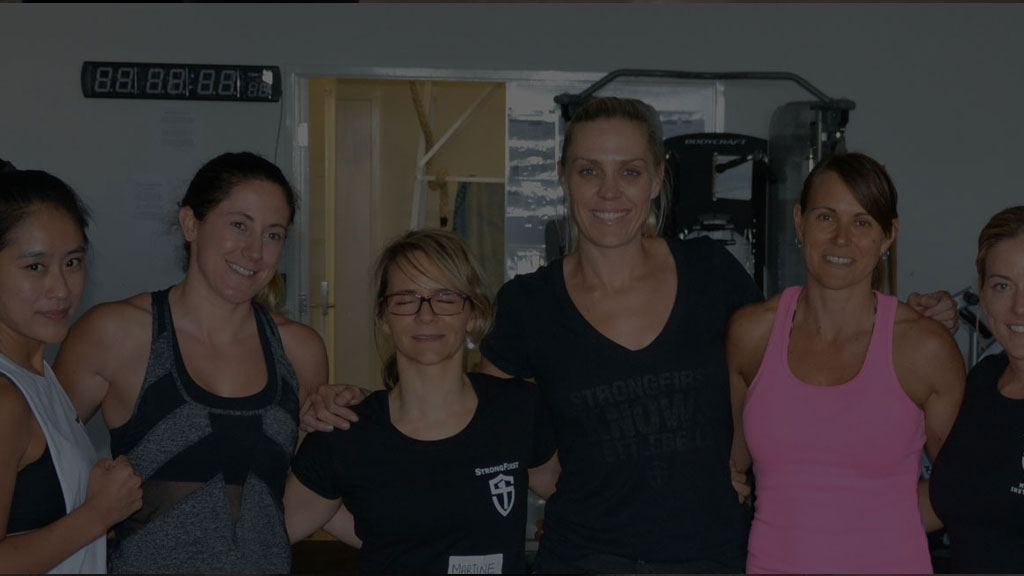Ever since my journey into strength training began, I’ve been fascinated by the ‘Strong men’ of the early 1900’s.
For those who aren’t aware these men ever existed, let me fill you in. They were the strongest men on the planet, performing in circuses and on stage displaying feats of strength that would take your breath away. Many of them renown wrestlers, they performed calisthenics tricks such as hand balancing and other amazing bodyweight exercises.
I’ve read nearly every book by these men with an extensive library under my belt that spans decades; my favourite being George Hackkenschmidt’s “The Way to Live”, first published in 1908. George address many a topics on how aspiring an strongman can live his life and I’ve often asked myself, “but how did these men get so strong?”
I’ve tried to identify similarities between authors such as Saxon, Inch, Berry and Hackenshcmidt to discover the secrets to their strength. Whilst much of their advice has since been dispelled as outdated and out of touch, they shared some common ground I didn’t expect to find – mindfulness.
What Is Mindfulness?
A mental state achieved by focusing one’s awareness on the present moment whilst calming acknowledging and accepting feelings, thoughts and bodily sensations – commonly used nowadays as a therapeutic technique.
We live in a world of distractions; from emails to Facebook to Netflix, there’s always something to numb our racing minds; most (if not all) of us can admit we’ve fallen victim to a form of escapism at some point; some of us even rely on them. Without stopping to focus our awareness, it’s all too easy for time to pass us by without even realising how lucky we are to be strength athletes.
Think about it – our bodies are the only physical thing we’re guaranteed to have for the rest of our lives. Why wouldn’t we want to strengthen it?
As a gym owner and personal trainer here in Perth, one observes people’s behaviour as they frequent the gym over time, the most common being the ‘mid-session iPhone check’ indicating the student’s mind is elsewhere rather than focused on their training. Some students will do this during a personal training session, as will the trainers! To each their own, but it’s important not to waste the precious gift that is being fully present in both mind and body.
The distracted gym goer is purely there for outcome-bases reasons, and more likely to fail in the long run compared to those who acknowledge and become grateful for the journey, not just the results. Whilst it’s important to have goals to work towards, focusing on the process of reaching those goals will result in gratitude for becoming stronger and moving your body correctly, increasing the likelihood you’ll continue training throughout life.
Hackenschmidt said it himself, “if you wish to become healthy and strong, you must give your thoughts to the full and without restriction in this direction, even to the most insignificant performances of your daily life. Concentrate your mind upon the idea of acquiring health and strength!”
Here Are My Top 5 Tips For Becoming More Mindful In Your Strength Training:
- Write a list of 20 things you absolutely love about strength and/or personal training. If it’s hard to come up with 20, persist until you get that list. This will help you establish gratitude and develop a positive outlook towards training (even if you love it already). Over time, these reasons will become your ‘why I love’ strength training.
- Leave your phone away from your training are – you’ll have better results changing your behaviour, not the habit of checking your phone. Out of sight = out of mind, and you’ll be amazeds how much more focused you become.
- ‘Check in’ with yourself before every session. Before walking into the gym, ask yourself, “how am I feeling today? Is it a day to push on or back off?” This approach may not fit in with every one of your training goals, but it fits with how your body works. We all have ups and downs, and your training should mimic this. When feeling depleted, try to identify areas of your life that may be contributing to this. Lack of sleep? Stress at work? For pull back days, allow yourself a reset. I advise students start every session with 20 crocodile breaths (lying down on your belly doing diaphragmatic breathing) and use this time to check in.
- Quality movement. Constantly self-assessing your movement is the best way to improve technique and remain aware whilst you train; this is one of the highlights of consistently training under a Adaptive Strength (formerly Box33) instructor. You’ll adopt the cues to improve your technique as your own, playing them back to yourself to encourage self-assessment; the focus of any training plan.
- Focus on breathing. Actively slow your rate of aspiration between sets by doing breathing drills, a fantastic way to develop mindful lifting. Attempt 4 second breath-ins and 4 second breath-outs, through your nose only. Breathing through your nose means stronger diaphragmatic contraction, developing stronger breathing mechanics for strength training. Matching your lifts with bio-mechanical breath will also further improve self-awareness.
So, there you have it. Slowing down and enjoying the process of training is one of the most rewarding gifts you’ll discover; the feeling of well-being and moving injury-free is the wakeup call to enjoy your body and develop awareness of how amazing life truly is.







